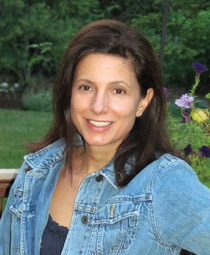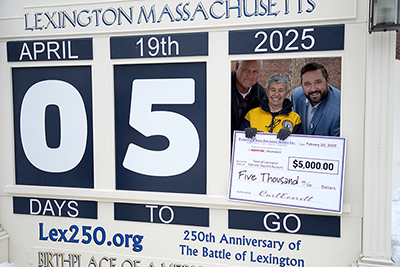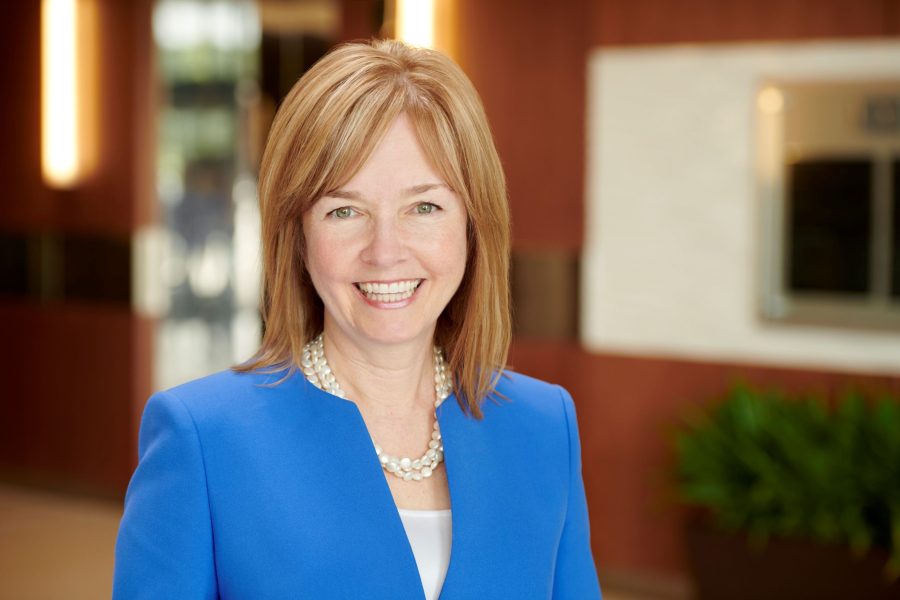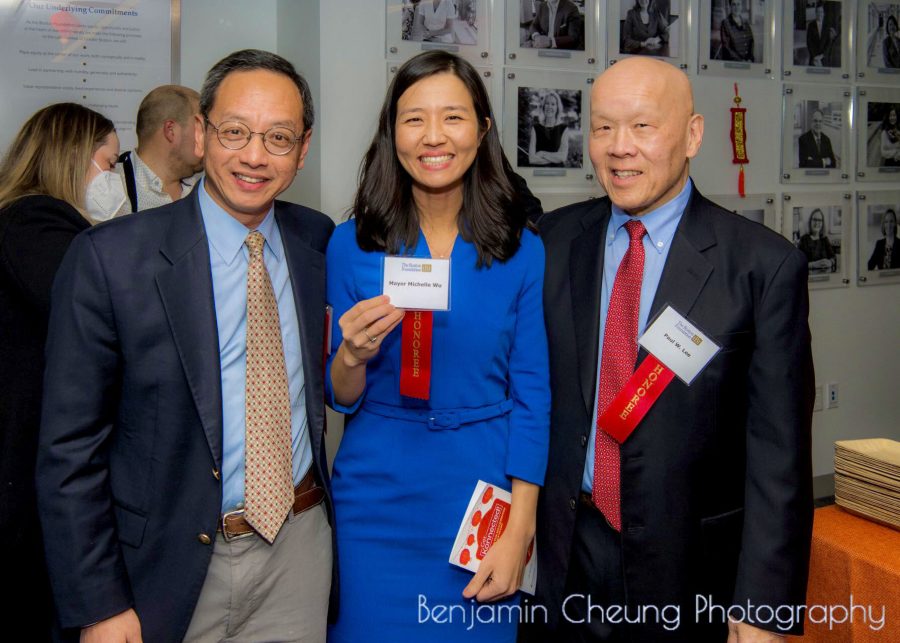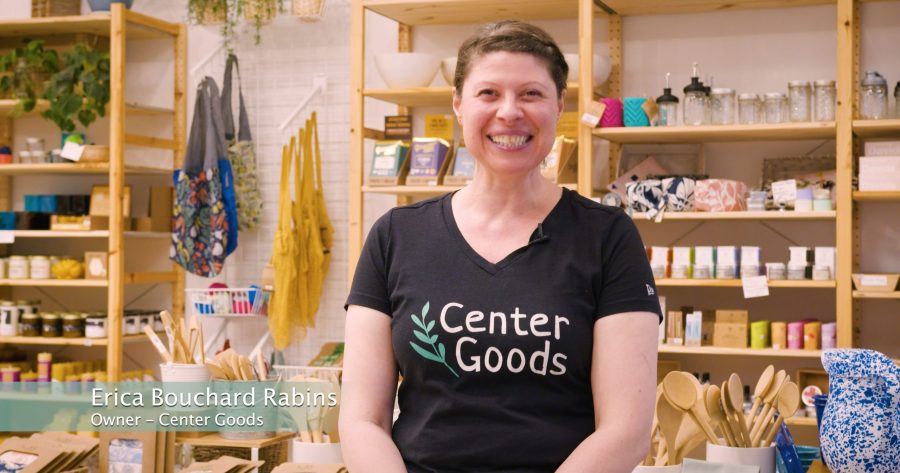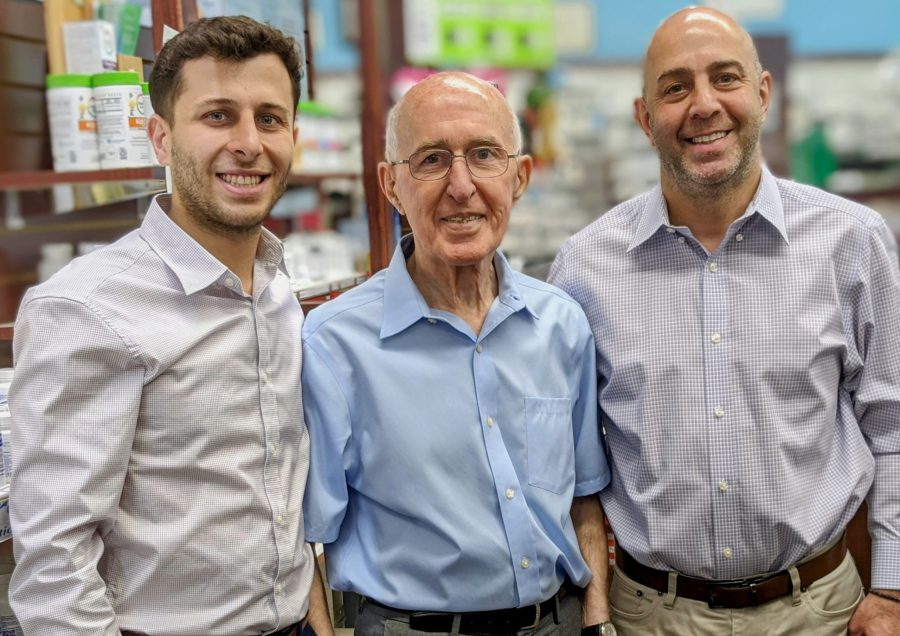To inquire about advertising, call 781-799-2599





Recent Posts
- Final Chance to See Contradictions of Freedom at LexArt
- U.S. Army Rededicates Lexington Battle Green and Army Campaign Streamer No. 1
- 49 Naturalized in Lexington Ceremony to Culminate 250th Anniversary Commemorations
- Lex250 Commission Celebrates Successful Patriotic Picnic in the Park
- The Honorable Stephen Breyer to Speak at Cary Hall May 3rd

